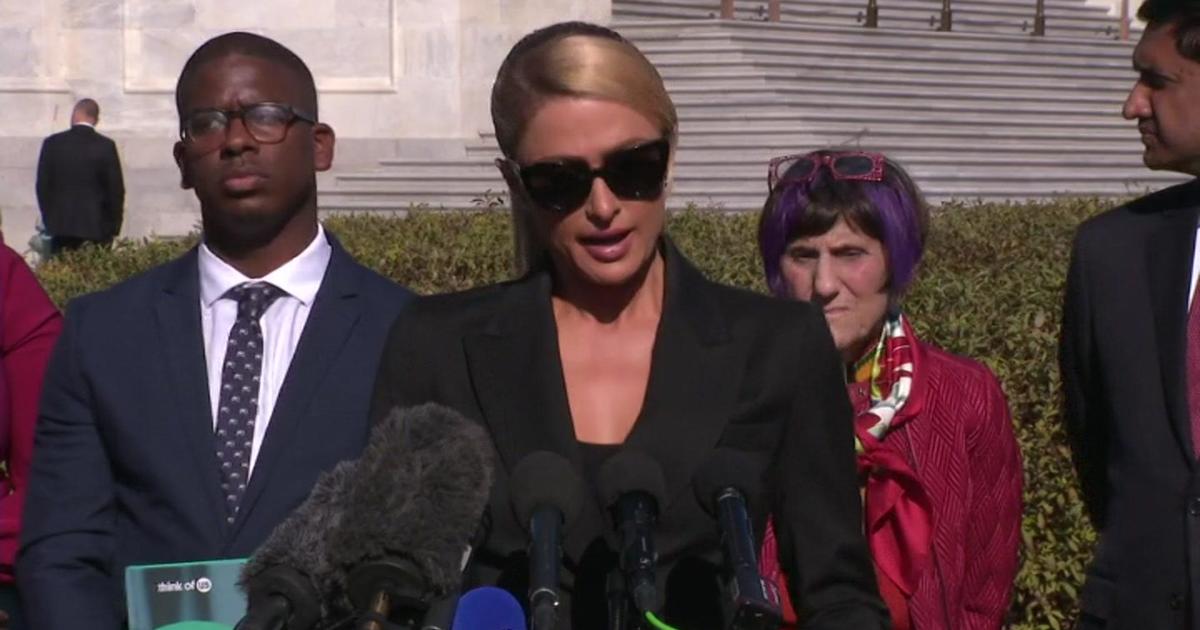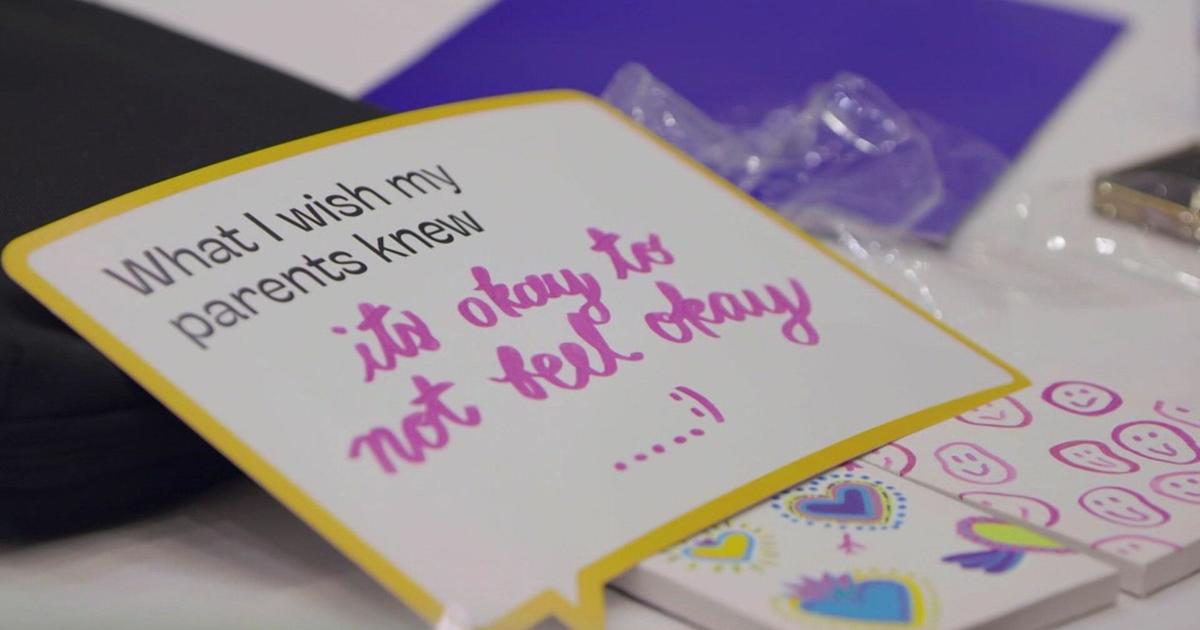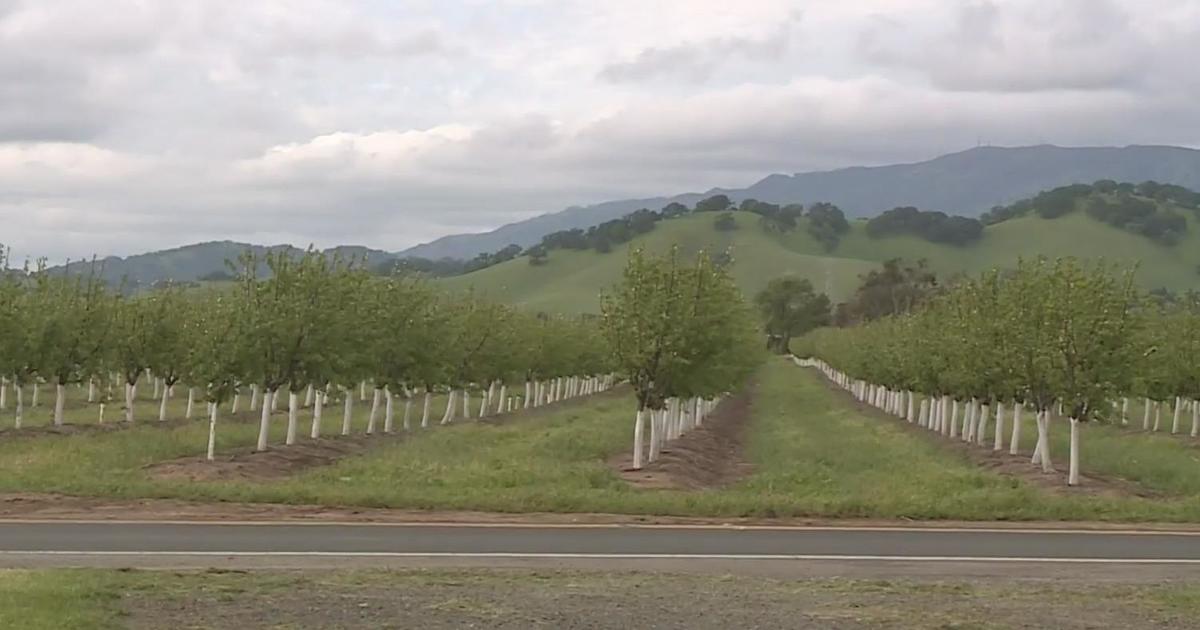California Fishers Say Quota System Is All Wet
MONTEREY, Calif. (AP) — The skipper of a fishing boat that has trawled Monterey Harbor for decades says he's been docked since spring, unable to earn a living.
Jiri Nozicka says a federal quota system enacted to protect both fish and the commercial fishing industry has problems that he can't navigate.
"How do I plan anything?" he asked, recently standing on the deck of the San Giovanni. "I can't. It's impossible."
He's not alone in criticizing the "catch shares" system and calling for changes. Commercial fishers, industry experts and government officials are among those who say that while fish populations are recovering, too few people in California are benefiting from that rebound in part because there aren't enough qualified monitors to oversee the program.
"Financially, I can only say that multiple trips have been cancelled due to a lack of availability of these monitors, millions of pounds of fish have not been caught, processed and sold to markets and this is a loss of millions of dollars," said Michael Lucas, president of North Coast Fisheries Inc., in a letter to federal regulators.
After Pacific Coast groundfish populations dropped dramatically in 2000 a federal economic disaster was declared, leading to the strict new quota system. The goal was to boost populations of black cod and dover sole and to revive the flagging industry.
The catch shares system enacted two years ago sets a yearly fish quota, then splits shares among individual fishers and companies. It's meant to prevent overfishing while allowing fishers to earn a living.
Early reports show the program has helped the Pacific groundfish fleet as a whole begin turning a profit again while protecting struggling species. But critics such as Nozicka say some things need to improve.
"There were concerns raised when catch shares started about ports going out of business — it's happening," he said.
Qualified monitors are required to go out on each fishing trip. But Nozicka said he can't find such an observer to accompany him to sea. The only qualified monitor in the Monterey area has refused to go out with him since May, citing safety concerns about the vessel which has operated near the famous Cannery Row since the 1960s.
Nozicka said his boat is up to date on all its U.S. Coast Guard inspections and has been approved to fish. But until the dispute is resolved, he can't go out on the water.
Two companies provide the bulk of the groundfish fleet's observers, Alaskan Observers Inc. and Saltwater Inc. Neither company returned calls seeking comment for this story.
California's fleet is much smaller than Oregon or Washington state. And critics say the Alaska-based companies choose not to provide more monitors in California despite a clear need because doing so would reduce profits. As a result, they say, fishers in some ports have reported days when two boats wanted to fish, but only one observer was available.
Also, operators of small, family-run boats say the costs of the monitors, which are the same for them as for corporate boats, have created inequality.
New National Oceanic and Atmospheric Administration estimates show the number of Pacific groundfish vessels has been shrinking slowly — from 140 boats in 2010 to 103 in 2013.
Frank Lockhart, who oversees Pacific groundfish catch shares for the National Marine Fisheries Service, acknowledged shortages in observer availability in some areas, and said there is an effort to expand the number near small ports.
"We have a rule coming out that will provide a process to get more observer-providers into the system," Lockhart said. "The hope is that there will be some observer providers in some of these small places."
From the start, the government acknowledged catch shares would thin the fleet, but hoped there would be no "lost ports" or areas such as Monterey that have just a few trawlers left.
Fishing industry experts working with NOAA on the program say the observer issue threatens the viability of the catch shares program.
"There's no doubt that this is a threat to the overall durability of the program," said Shems Jud, a catch shares expert with the Environmental Defense Fund. "From a conservation perspective we love this program, so we're working really hard with fishermen and the agency to look at ways to retain (it)."
In Nozicka's case, he said the observer considered his vessel unsafe because it didn't have proper radio technology.
Lockhart, of the federal fisheries service, said such concerns are taken very seriously after an observer died off Oregon last year. "When (observers) feel a vessel is not safe, they have the ability to say they are not going to go on that vessel," Lockhart said.
Disputes over safety, availability and cost are stoking interest in electronic monitoring, which would outfit boats with video systems. The fisheries service is planning to issue a few experimental permits for electronic monitors in 2015.
Fishers say the video systems may provide the only hope for California's dwindling fleet.
"I'm open to electronic monitoring," said Keith Marshall, owner of the Capt. John out of Moss Landing. Marshall said he fishes 100 days a year, and observers are a big expense.
"That might save guys like me and my friends. Otherwise, I don't see independents like us surviving."
Copyright 2013 The Associated Press. All rights reserved. This material may not be published, broadcast, rewritten or redistributed.



